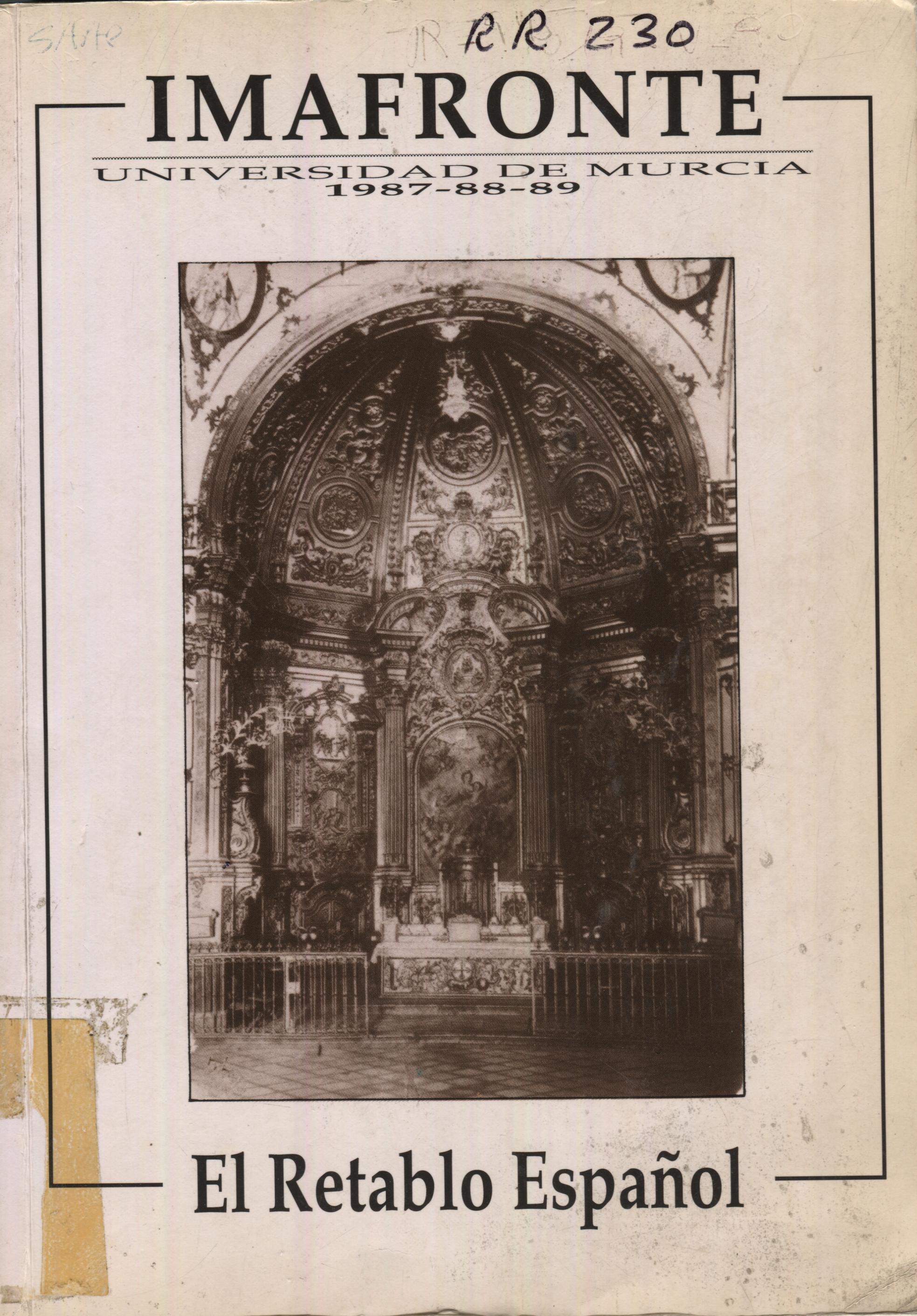EL RETABLO GADITANO DEL NEOCLASICISMO
Resumen
In Cádiz, the neoclassic retable is one of the elements defining better the present city in its nineteenth-century features. Though after the evil year of 1596 Cádiz arises as a baroque city artistically depending both on Sevilla and on the traditional import of Genoese marbles, the last decades of the XVIIIth century bring in the adoption of new classicistic conceptions which are going to steady themselves down into the city life because of various reasons: the foundation of the Academy of Fine Arts in 1789, with a double action of training and control, the new City Regulations of 1792, or the characteristics of the early illustrated Gaditan society, both bourgeoisie and noblesse, from which very important patrons did arise. The typology of the retables is inspired upon the works,of the italian manierist preceptors; among the main reredos we muy differenciate two types: the parietal one, with a monumental character, and the tabernable, influenced by Herrera and Bernini. These works were made in marble and, when it was not possible to use it, in wood and stucco imitating marble. So solemn and classicistic architectures build the frame for the iconography, comparativel y reduced in relation to the baroque period: the former repertoires are simplified, but it remains the same subjects. The titular image, usually a carving, is generally placed in the niche of the body, the attic being usually reserved for a painting, the subject of which related to the tutelar Saint.Descargas
-
Resumen346
-
PDF384
Las obras que se publican en esta revista están sujetas a los siguientes términos:
1. Los autores ceden de forma no exclusiva a la revista los derechos de explotación (reproducción, distribución, comunicación y transformación).
2. Las obras que se publican en esta revista están sujetas a la licencia Attribution-ShareAlike 4.0 International (CC By SA 4.0). Por lo que se pueden copiar, usar, difundir, transmitir y exponer públicamente, siempre que:
i) se cite la autoría y la fuente original de su publicación (revista, editorial y URL de la obra), permitiendo así su reconocimiento.
ii) se permite remezclar, transfromar o crear a partir del material mientras se mantenga la misma licencia del original.
3. Condiciones de auto-archivo. Se permite y se anima a los autores a difundir electrónicamente las versiones pre-print (versión antes de ser evaluada) y/o post-print (versión evaluada y aceptada para su publicación) de sus obras antes de su publicación, ya que favorece su circulación y difusión más temprana y con ello un posible aumento en su citación y alcance entre la comunidad académica. Color RoMEO: verde.
























